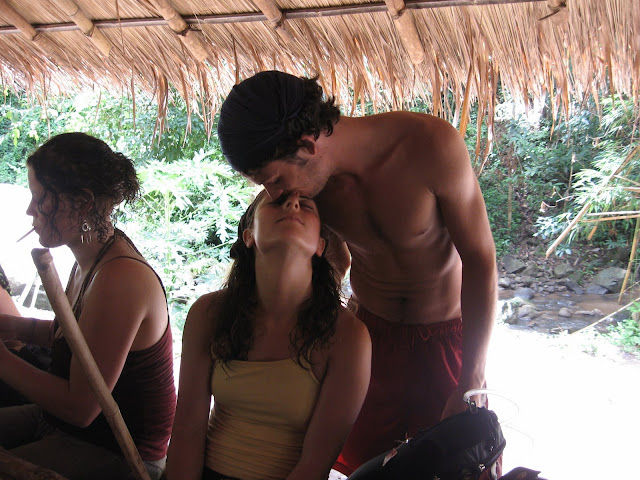A motley crew of Hatch and HMGJV international assignees spent a week of their well earned vacation up in the wilds of
The trek commenced following the wisdom of our guides setting a ‘pole-pole’ pace (Swahili for slowly slowly), and soon the party found their rhythm on the six hour hike of the first day through much of the rain forest belt until we reached the Machame Camp in good spirits at 3000m and the edge of the moorland zone. We eat like kings on the mountain, and camp 1 sees the start of what is to become a ritual multiple hot drinks in the evening as the mercury drops as we ascend the mountain. We are blessed with a clearing sky after supper, and our first glimpse of the glaciers of Kilimanjaro are spotted over the ridge which sees our second day’s route up to the Shira plateau at 3800m. The second day offers incredibly scenic views back down to the plains surrounding the town of
The team remains in high spirits on the second day, continuing the banter, a spatter of cultural exchange (parlez vous Australien?) and a mammoth game of cards that evening in camp due to an earlier arrival than anticipated. Night two also sees the introduction of regular medical checks by the guides, and more than ever giving data to a bunch of engineers sans explanation or units becomes the worst nightmare for the guides who search for the words in what little technical English they possess to explain what vitals are being taken, what they mean and what they may mean if they read differently. Day 3 sees us climb further up towards the peak which by now is in full view as we ascend to 4600m and the base of a volcanic feature known as lava tower. Here one can see the full extent of the Western breach and the glaciers that characterise the view from much of
Day 4 begins to weigh on the group as the path undulates several hundred metres up and down again multiple times in the morning prior to reaching the lunch spot at Karanga, where muscles begin to feel the kilometres under the belt and the spirit starts to wane at the prospect of the further 2000m ascent to go. The afternoon trek up to base camp at 4600m sees a more quiet, introspective session by the team as we all start to focus on the task ahead, ascending to the very top of Kilimanjaro later this night, commencing at midnight to see dawn from the top of
After much merriment and celebration, coupled with just a few icy tears, we start the quick descent back down the mountain in the search of more oxygen and warmer temperatures. Celebratory beers are had at camp 5 back at the almost cosmopolitan altitude of 3100m. We leave the mountain the following day, and after a quick sing song from guides and porters, we reach the shocking sights of civilisation again at the gate, complete with Mzungu possessed salesmen and all the trinkets one could ever want to remember the experience. We all leave the mountain with one of the most unforgettable experiences yet of our time in
 |
| Kilimanjaro |
